Lady Carnarvon's Blog
- Christmas
- Community
- Dogs & Horses
- Egypt & Tutankhamun
- Entertaining
- Farm
- Filming
- Gardens
- History & Heritage
- Daily Life
- Royalty
- Cooking
- Interiors
- Heroes
- Architecture
- Cars
- Conservation
- Downton Abbey
- Events
- Gardens & Landscape
- Highclere Castle Gin
- History
- Planes
- Restoration
- Stories & Books
- Uncategorized
- Visitors
- Wildlife

Monday, 14 July, 2025
Palimpsest
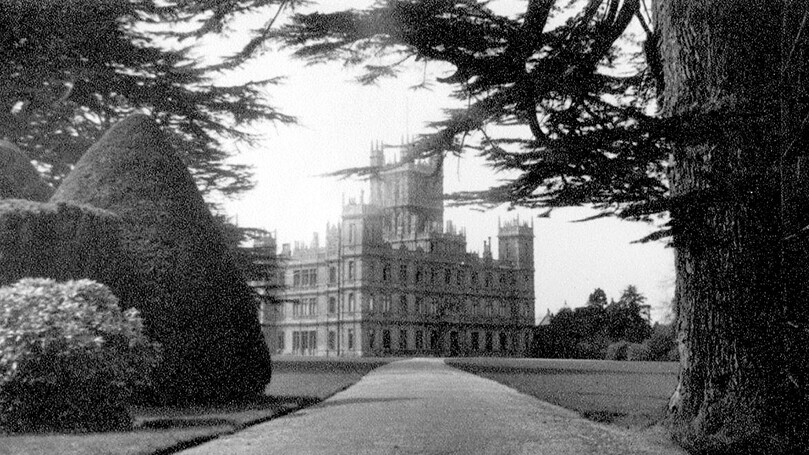
Saturday, 19 July, 2025
ENSA

Saturday, 19 July, 2025
Being Green
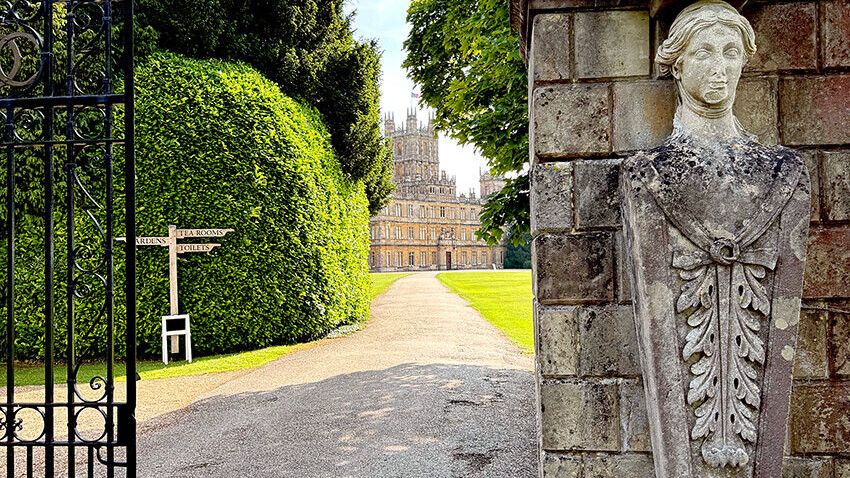
Saturday, 19 July, 2025
Weathered Faces
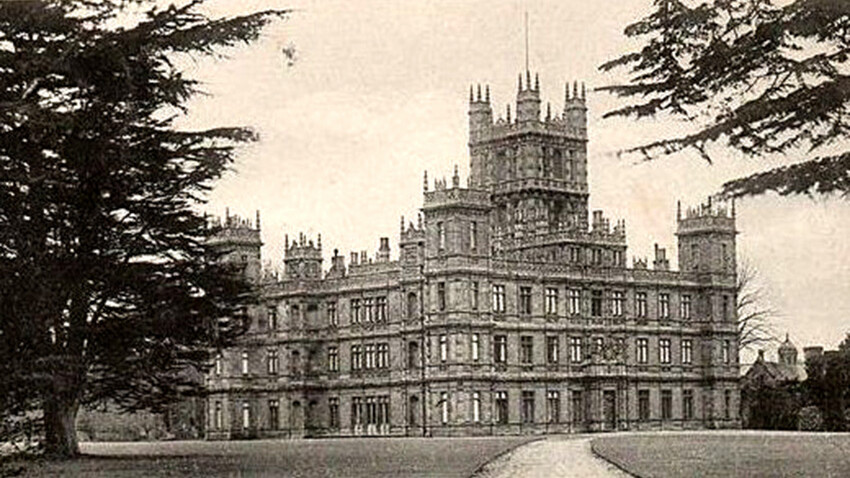
Saturday, 19 July, 2025
Worth of Paris
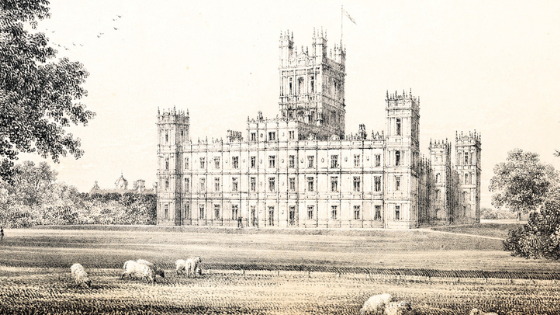
Saturday, 19 July, 2025
Nostalgia

Saturday, 19 July, 2025
Community

Saturday, 19 July, 2025
Mackerel Skies
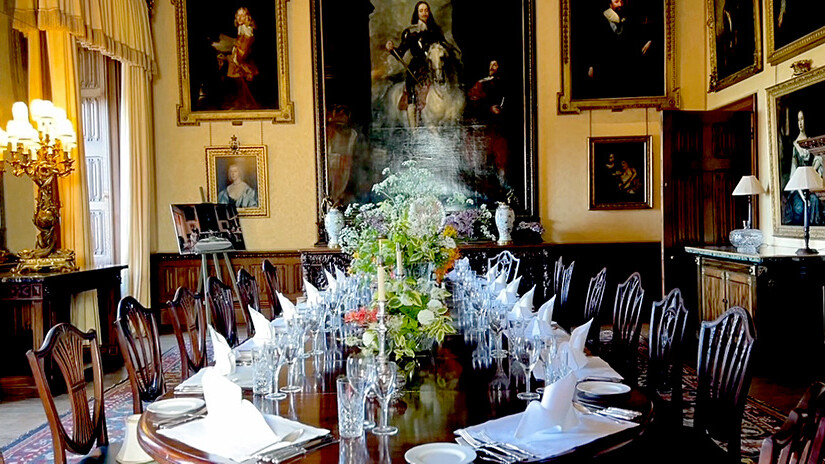
Saturday, 19 July, 2025
Constance Spry




























